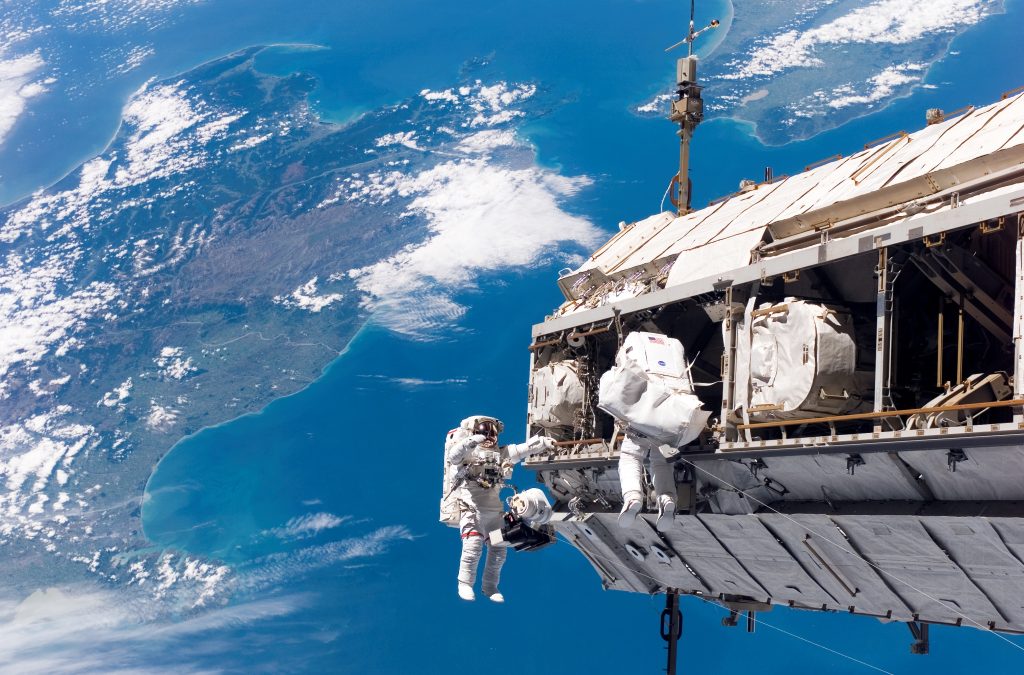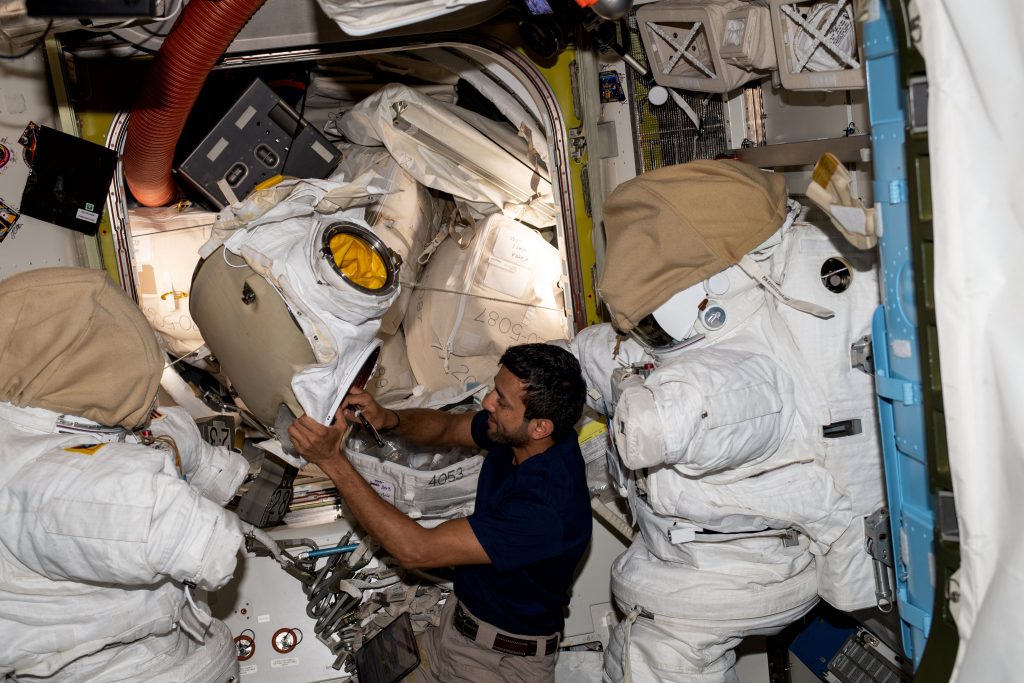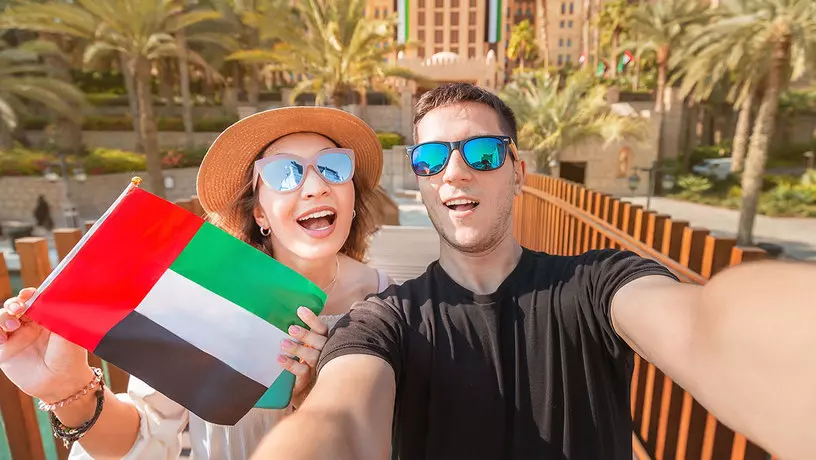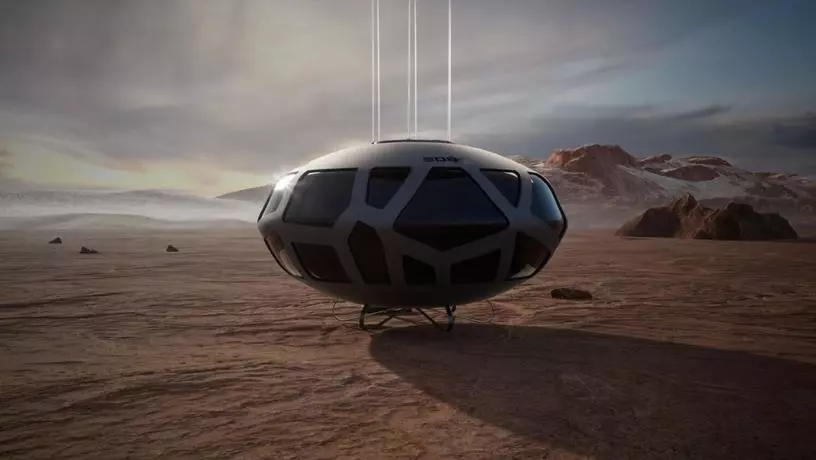
Sultan Alneyadi to perform a spacewalk
The Mohammed Bin Rashid Space Centre (MBRSC) announced that Sultan Alneyadi will become the first Arab astronaut to perform a spacewalk during Expedition 69 on the International Space Station (ISS). The spacewalk is scheduled for April 28, with the UAE becoming the 10th country to perform a spacewalk on the ISS. Alneyadi will take part in the 262nd spacewalk in support of the assembly, maintenance and upgrade of the space station.
Astronauts selected for the spacewalk to the ISS undergo a rigorous selection process based on their skills, experience and ability to adapt to the challenging space environment. They must demonstrate exceptional skills in various fields such as engineering, robotics and life support systems, as well as excellent physical fitness and mental toughness.
Spacewalks, also known as extravehicular activity (EVA), on the ISS are crucial to maintaining, upgrading and enhancing the capabilities of the orbiting laboratory. EVAs allow astronauts to perform tasks such as maintaining and repairing major systems, installing new technology and equipment, and assembling and building ISS modules. In addition, the spacewalks on the ISS symbolize international cooperation: astronauts from different countries collaborate and contribute to the exchange of knowledge and resources.

Given the high risks associated with spacewalks, only selected astronauts with the appropriate qualifications are given the opportunity to perform this crucial task. The EVA process is not only physically demanding due to the resistance of the pressurised spacesuit, but also mentally – astronauts must focus on the work they are doing as well as their safety, the sheer number of potential tools, and interacting with the crew and crew in the mission control centre.
Alneyadi trained for more than 55 hours at NASA’s Neutral Buoyancy Laboratory (NBL) at the Johnson Space Centre in Houston, Texas, in preparation for his spacewalk. During his time at NBL, Alneyadi underwent nine training sessions of six hours each, practicing underwater, simulating a spacewalk using a full mock-up of the ISS.
The fifth spacewalk from the ISS this year and the third for Expedition 69 will be a landmark event, as NASA flight engineer Stephen Bowen and Alneyadi will work together to complete critical tasks. The long-awaited spacewalk is predicted to last about 6.5 hours and will provide the astronauts with a unique opportunity to experience the vast expanse of space while working on maintaining and upgrading the ISS. Their teamwork and cooperation will not only showcase their individual skills, but will also highlight the importance of international cooperation in the development of manned space exploration.

One of EVA’s main tasks will be to retrieve the important Radio Frequency Group (RFG) unit, which is an integral component of the ISS S-band communication link. This important piece of communications equipment will be returned to Earth during the SpaceX mission.
In addition to the main task, Alneyadi and his team will be working on a number of EVA-related preparatory tasks to install solar panels, scheduled for later in the mission. Solar panels play a key role in powering the ISS, providing clean and renewable energy to support various experiments, systems and daily operations on board.
.@Astro_Alneyadi will become the 1st Arab astronaut to undertake a spacewalk during Expedition 69 on the International @Space_Station. Scheduled for 28 April, the UAE will become the 10th country to perform a spacewalk on the ISS.https://t.co/IkY1J47Opz pic.twitter.com/zNFeevioOH
— Dubai Media Office (@DXBMediaOffice) April 6, 2023
Follow our Telegram Chanel








